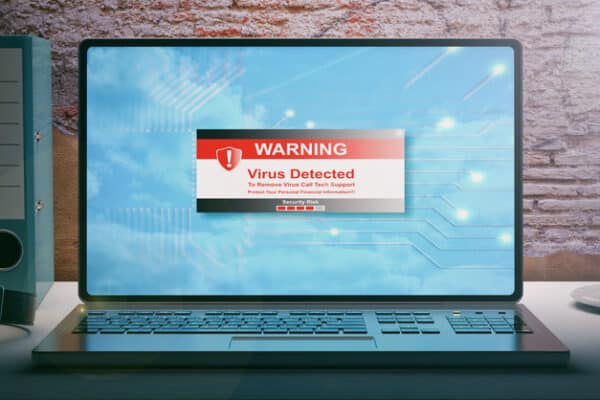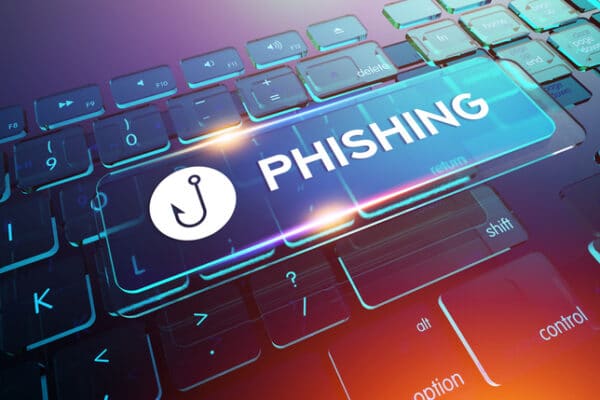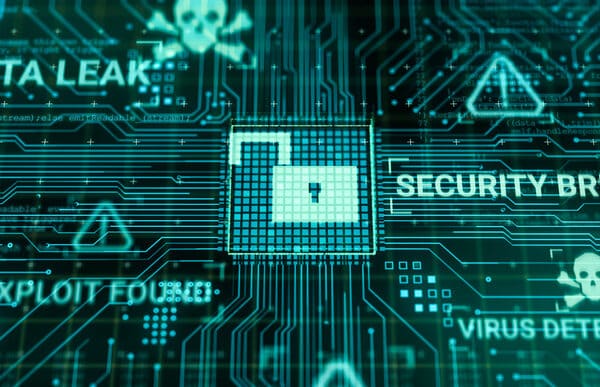The hybrid work revolution has redefined the way we operate. In our previous post, The Challenge of Data Security in the Era of Hybrid Working, we discussed security challenges business owners and leaders face with hybrid workplace environments that are not going away. Traditional office environments have given way to geographically scattered yet seamlessly connected global teams; therefore, having a hybrid work cybersecurity strategy is essential.
The edges of our business networks are blurred because of the dynamic nature of the hybrid work environment. As business leaders, we must proactively address these challenges and build a robust security posture for our hybrid workforce. Once this defense-in-depth security posture has been built, it should be backed and supported by written policies.
Everyone knows businesses are under attack, whether from phishing, ransomeware, man-in-the-middle attacks, zero-days, or other threats. Unfortunately, threats cannot be eliminated, but what actions can we take as business leaders to help reduce the risk of being the next victim? The answer is to establish a defense-in-depth strategy. Think of defense-in-depth as layers of protection around your business data. The layers are there so that if one fails, another protection can stop the threat without having the defenses overlap or be redundant.
Key Layers of Protection needed to Develop a Defense-in-Depth Strategy:
Security Awareness Training:
Implement training programs to educate employees on the latest cyber threats, phishing tactics, and best practices for secure remote work. Do this in a way where the content is engaging, easy to consume, does not take much time, and the program is not built around penalizing if a user should fail an assessment.
DNS Layer Protection:
Everything we do on the local network and Internet is driven by DNS. DNS stands for Domain Name System. It converts human-rememberable URLs like keynettech.com to a public IP address worldwide. If every URL is verified for security reputation, location, and content, many threats are stopped before they start. In a defense-in-depth world, if your email filter misses a phishing email, but DNS layer protection stops the URL, your security controls did their job.
Multi-Factor Authentication:
Move beyond password-only logins and implement Multi-Factor Authentication (MFA). This additional verification step, often a code sent to a mobile device, significantly restricts unauthorized access attempts.
Utilizing Secure Connectivity:
Virtual Private Networks (VPNs) and Secure Access Service Edge (SASE) solutions allow remote employees to access company resources securely. This lowers the risks associated with unsecured networks and ensures a predictable secure connection.
Next-Generation Antivirus:
Never ignore the basics. Ensure every computer and server in your infrastructure has implemented a next-generation antivirus. This is a baseline-level protection that is an excellent backstop when other layers of security fail.
Managed Detection and Response:
Unlike antivirus, MDR contains components that employ behavioral analysis techniques to identify suspicious activities and anomalies across your business network and cloud environments. These cybersecurity security controls allow your security team to tell the whole story of what happened with an event or incident.
Data Encryption:
Prioritize data encryption at rest and in transit. This ensures that sensitive information remains unreadable even if intercepted, minimizing potential damage from a breach.
Email Threat Protections:
Many email security controls can protect against attacks against users’ mailboxes. Ensure you are using one that utilizes artificial intelligence and machine learning in addition to the more traditional security controls.
Password Management & Dark Web Monitoring:
Ensure all users have an easy way to manage their passwords for business systems. Never reuse passwords or keep them the same on different systems. Layering technology that alerts a user if one of their passwords has been compromised through a third-party breach is essential.
Have a Trusted Team:
When discussing a hybrid work cybersecurity strategy for your business, the one thing often overlooked is having a team with 24/7 visibility. Visibility is the heaviest lift when implementing many of these security controls yourself. An attacker only needs to be right once, but your security team needs to be right 100% of the time.
Building a Culture of Security Awareness:
Cybersecurity goes beyond technology. Fostering a culture of awareness and responsibility is paramount. Encourage open communication and empower employees to flag any suspicious activity. This collaborative approach strengthens your overall work-from-anywhere security posture.
According to the Harvard Business Review and other studies on the topic, the hybrid work revolution isn’t going away. Most business leaders agree that it is here to stay. We can create a safe and productive work environment for our geographically dispersed teams by prioritizing data security and implementing these strategic measures. Ultimately, a secure and empowered remote workforce translates to a high-performing and resilient organization regardless of where they work.
KeyNet Technologies understands the challenges and the risks of the hybrid work environment. We help our clients work more securely with a hybrid work cybersecurity strategy, and our dedicated team of cybersecurity analysts can also help your organization. To learn more about who we are, click here. If you are ready for a no obligation conversation regarding your security posture, we invite you to contact us today.









